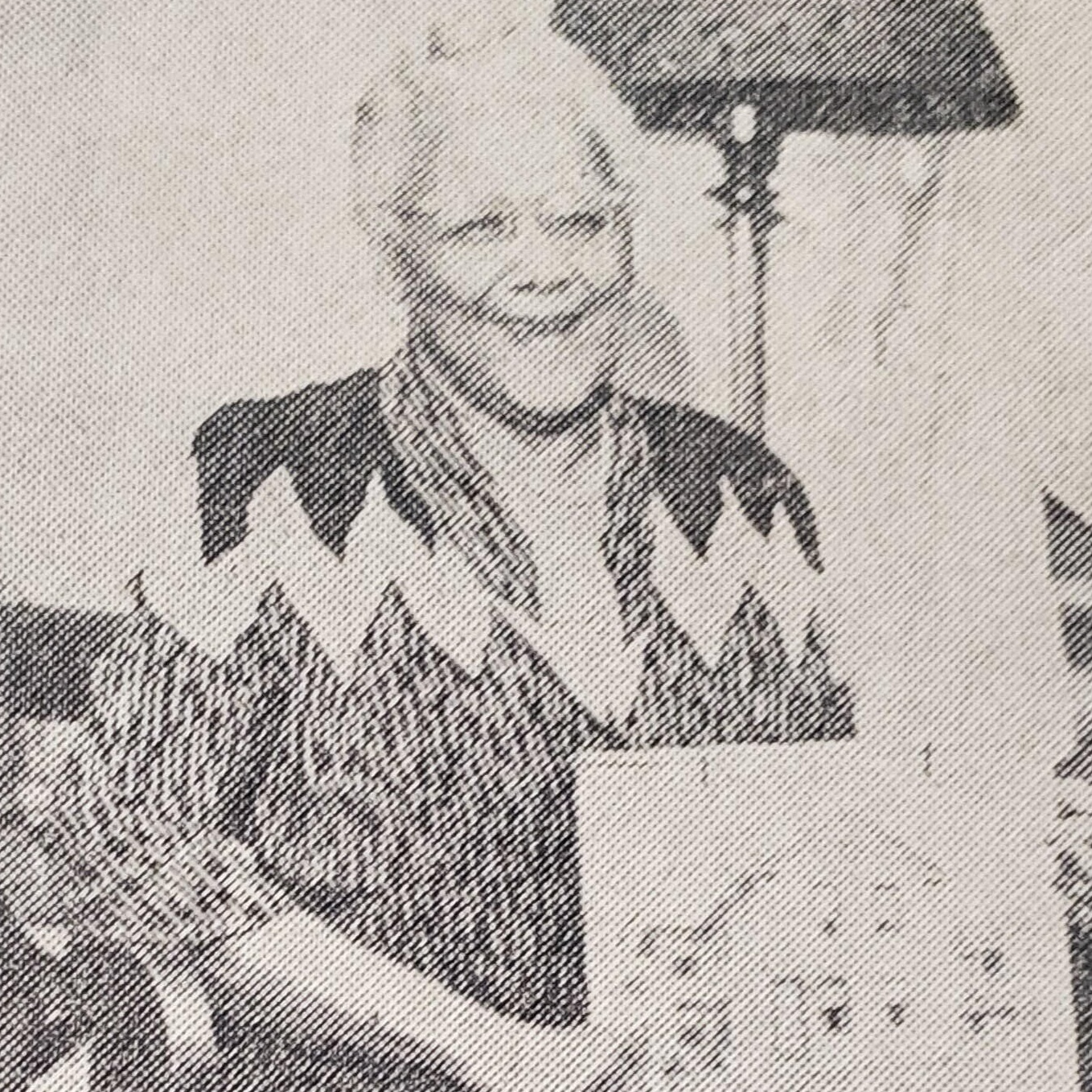Come, let us be friends, you and I,
E’en though the world doth hate at this hour;
Let’s bask in the sunlight of a love so high
That war cannot dim it with all its armed power.
Come, let us be friends, you and I,
The world hath her surplus of hatred today;
She needeth more love, see, she droops with a sigh,
Where her axis doth slant in the sky far away.
Come, let us be friends, you and I,
And love each other so deep and so well,
That the world may grow steady and forward fly,
Lest she wander towards chaos and drop into hell.
Published:
1920
Length:
Regular
Literary Movements:
Civil Rights Movement
Harlem Renaissance
Anthology Years:
2025
Themes:
Agency
Faith & Hope
Friendship
Joy & Praise
Love & Relationships
Violence & War
Literary Devices:
End Rhyme
when a poem has lines ending with words that sound the same
Internal Rhyme
A rhyme involving a word in the middle of a line and another at the end of the line or in the middle of the next.
Personification
the attribution of human qualities to a non-human thing
Quatrain
A stanza made of four lines.
Repetition
a recurrence of the same word or phrase two or more times
Rhyme
correspondence of sound between words or the endings of words, especially when these are used at the ends of lines of poetry

